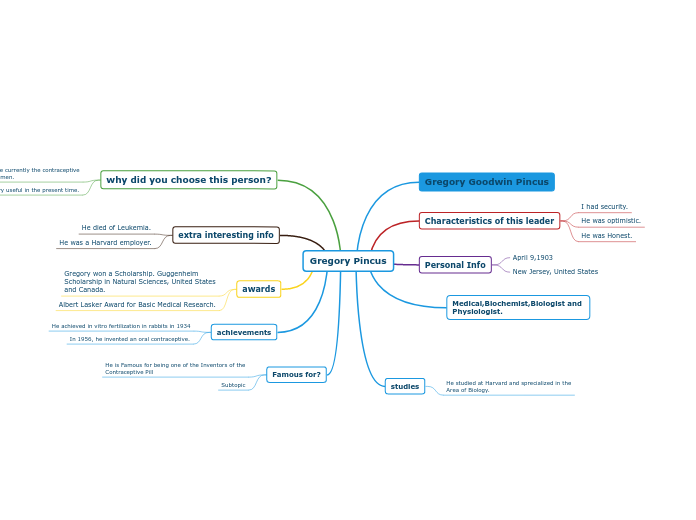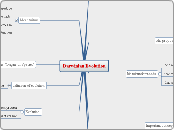References
AmoebaSisters. (2017, January 07). How Cells Become Specialized. Retrieved May 17, 2021, from https://www.youtube.com/watch?v=t3g26p9Mh_k
Kohn, C. A. (2013, September 10). What are stem cells? - Craig A. Kohn. Retrieved May 17, 2021, from https://www.youtube.com/watch?v=evH0I7Coc54
Oxford, O. (n.d.). Cell Biology. In Oxford Course Companion - Biology (pp. 12-16). Oxford Press.
Soares, C. (2005). The Future of Stem Cells. Scientific American, A6-A18.
StemGenics. (2013, February 04). A Catholic View: The Science of Stem Cells. Finding Cures and Protecting Life. Retrieved May 17, 2021, from https://www.youtube.com/watch?v=DUvsK2SCVdk
Stem Cells
Ethical Dilemmas
Adult Tissues
Found in a small number in most of the body's tissues. These are multipotent as they are usually only able to vary within their own lineage (usually limited to forming blood cells).
Ethical issue: These cells are hard to obtain, as they are few in number and found deep within adult tissue. Additionally, their low growth potential is of concern, as the limited capacity does not make up for the extraction process.
Umbilical Cord Blood
Stem cells that are found within the blood of umbilical cords are stored for use for later on in a baby's life. However, they have a limited differentiation capacity and usually only form blood cells, and are found in limited numbers as they can only be obtained from a single baby's cord.
Embryos
Created from leftover embryos that are donated, usually by women undergoing IVF treatments that would otherwise discard the embryos. These stem cells are pluripotent - can be grown into any kind of cell in the body (e.g. blood cells, liver cells, nerve cells). Embryonic stem cells offer the greatest differentiation potential.
Embryonic stem cells also have the potential of creating uncontrollable tumors when transplanted, and the body may reject the cells themselves or form unintended cell forms (e.g. becoming osteoblasts/bone cells instead of fat cells/adipocytes).
Ethical issue: Extraction from live embryos results in the demise of the embryo. This causes the dilemma of whether or not to use the embryo for its uses, or preserve the personhood of human embryos. In addition, women can suffer from ovarian hyperstimulation syndrome (including organ failure, fertility issues and death) when they are injected with the drug that reduces eggs within the body for donation
In the case of embryonic stem cells, scientists must contemplate the question of when human life begins, which is debated between when a sperm fertilizes an egg or when human characteristics are noticed (e.g. self-consciousness). As a result of the multiple views, it is hard to reach a conclusion.
Leukemia
How it's Treated: Stem cells transplants from bone marrow create blood cells that can be replaced and used in the body. The treatment uses adult stem cells (from bone marrow).
1. Large needles are inserted into a large bone, and fluid is removed from the bone marrow
2. Adult stem cells are removed from the bone marrow fluid and stored. These cells have the potential for producing blood cells later on.
3. Chemotherapy (kills dividing cells using chemicals) is used to kill all the cancer cells within their bone marrow, stopping its ability to produce blood cells. The stem cells replace these cells and re-establish themselves to the bone marrow. They begin to multiply, and are able to then produce a safe amount of red and white blood cells.
What: Form of cancer that affects bone marrow that creates production of white blood cells. Stem cells are crowded by other cancer cells that grow uncontrollably at rapid speed, increasing the number of white blood cells within the body
Stargardt's Disease
How it's Treated: Functioning embryonic stem cells can be developed into retina cells and injected to replace dead photoreceptor cells in the eye. In the best case scenario, the injected cells into the eyes are not rejected by the body, and attach to the retina, remaining there and being used for sight.
What: A macular degeneration that develops in children as young as 6 and as old as twelve that causes progressive vision loss that can lead to blindness. It is inherited by both parents who pass on a gene (usually the recessive mutation of the gene ABCA4) that codes for the defect in the processing of Vitamin A, which is essential to retinal function and light perception. The disease begins as a loss of central vision, and can continue onto peripheral vision loss, ending in blindness. This vision loss is irreversible.
How are they extracted?
Extracted from adult tissues
These cells are isolated depending on the tissue they come from. Blood stem cells tend to be extracted from bone marrow or circulating blood, but tissue stem cells can be found all over (brain, skeletal muscle, skin, teeth, heart, gut, etc.). These stem cells are estimated to exist within a specific area of each tissue type where they remain dormant until injury occurs and they must divide to create new cells.
Extraction from umbilical cord or placenta of a new-born baby
Blood is extracted from an umbilical cord of a newborn, containing stem cells within. These cells are later frozen and stored for later usage within the baby's life, and are fully compatible with the tissues of the baby well into their life.
Extraction from Embryos
Embryos are created through reproduction or IVF and are made of a hollow shell known as the blastocyst and an inner cell mass that becomes the fetus (embryo). The inner cell mass is removed from the blastocyst and placed on a petri dish that contains feeder cells that attach to the mass. As a result, new cells form and are distinguished as embryonic stem cells if specific molecular markers are observed (e.g. cell division).
Extraction from IVF procedures: These embryos are created within laboraties, where egg cells are fertilized with sperm enabling a zygote to develop, containing multiple embryonic stem cells.
What
Have potential to be differentiated (become other kinds of cells in body --> known as potency) and divide and replicate on their on (self-renewal)
Self Renewal: Divided stem cells are known as daughter cells and remain as stem cells (generic state) to continue the chain of production of specific tissue types. Stem cells are thus theoretically able to divide without a limit and replenish other cells. However, the process of division is uncontrollable.
Appearance: Stem Cells cannot be distinguished by appearance, and can only be isolated based on behaviour.
How they Differentiate: Stem cells will activate specific genes in the process of differentiating. Transcription factors (proteins that determine which areas of the DNA code will be transcribed into mRNA) will be made into specific proteins that impact what the cell will look like and do.
External Cues: Cell signaling from other cells in the area.
Internal Cues: Transcription factors present in the cytoplasm.
Uses: Replacing worn out cells in body (e.g. replacing lining of intestines or limb tissues --> regenerative medicine)
Cells that are undifferentiated from the start - having no specific function or structure









